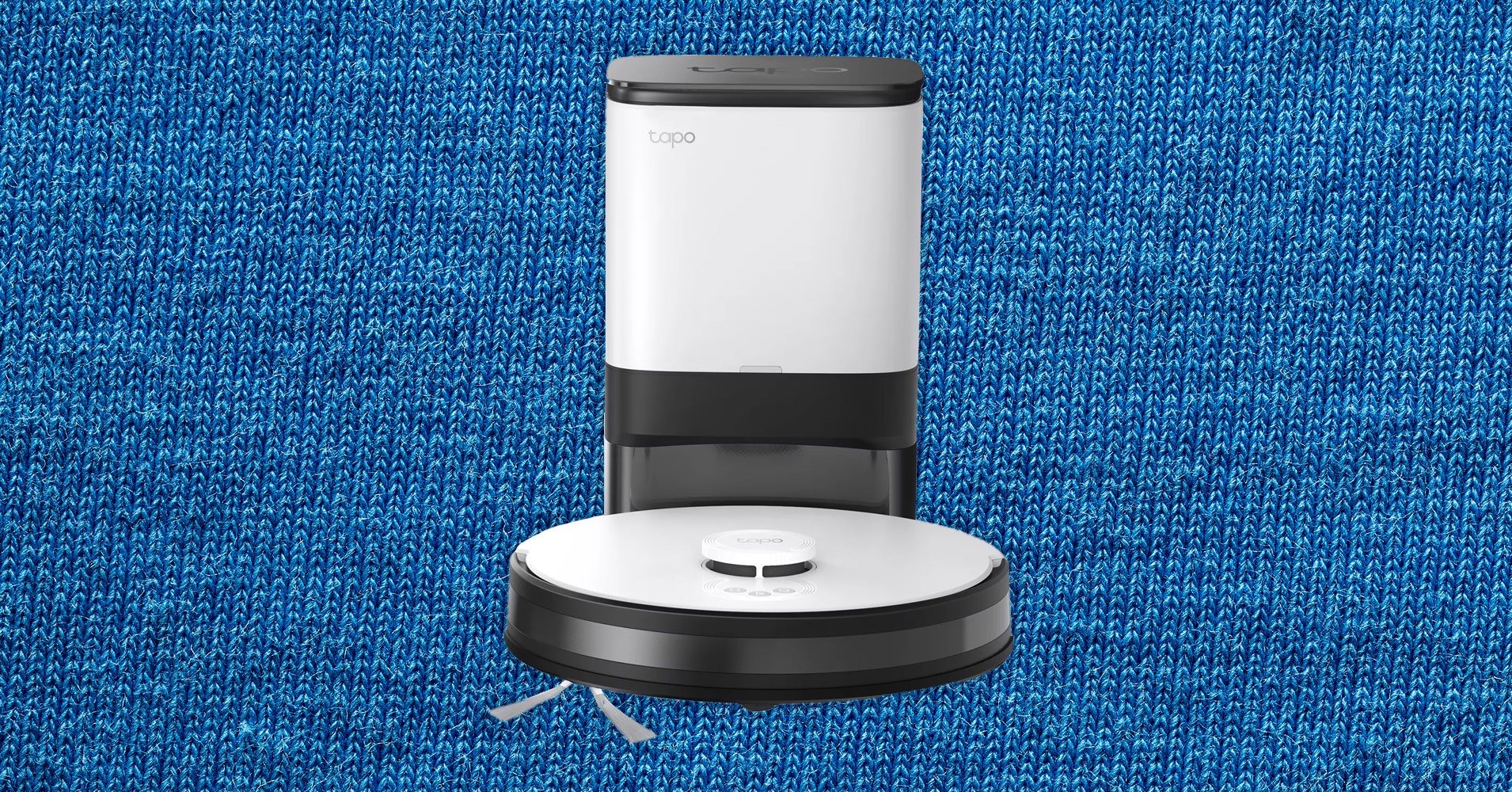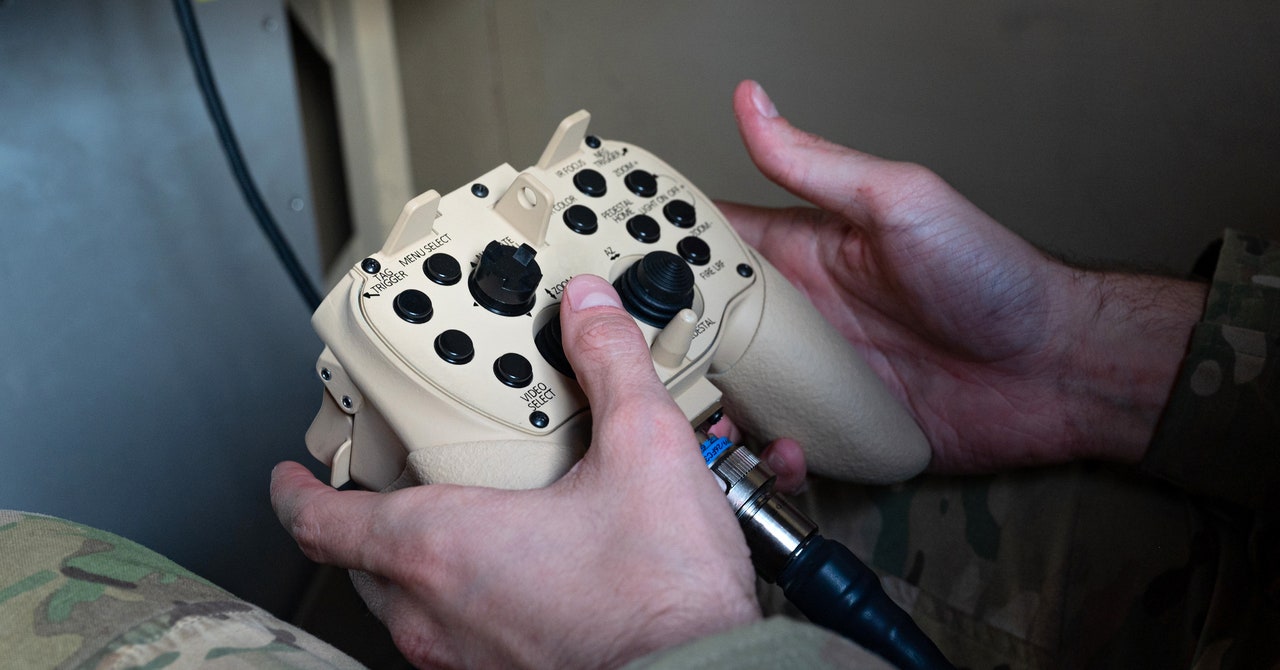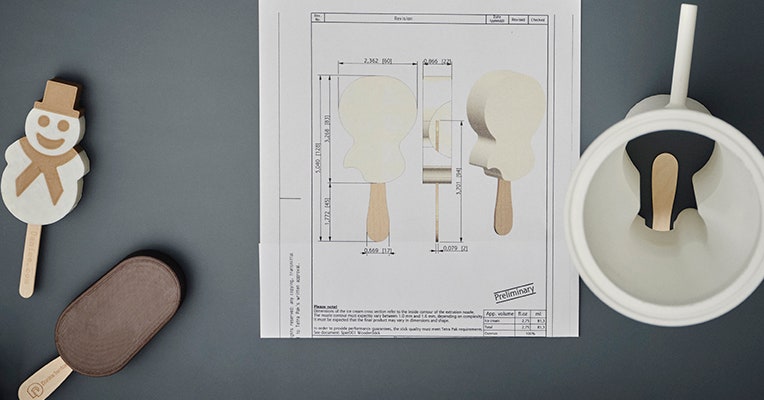No other product I’ve tested has advanced as quickly as the humble robot vacuum. Just a few short years ago, they were mostly annoying, overpriced devices that fell off steps and got stuck on rugs. Now you can find robot vacs at every price point with an incredible array of features, including self-emptying bins, mop washing, and more.
What Navigation System Do I Use?
Robot vacuum manufacturers will try to tell you that the most important spec is the level of suction. That is wrong—it’s the navigation system. It doesn’t matter how good a vacuum is at cleaning if it gets stuck every time it starts. A more complicated or expensive navigation system doesn’t guarantee that it won’t get stuck, but it is a good starting point. Many vacuums also combine systems.
- Sensor mapping: The most inexpensive vacuums use a combination of sensors along the exterior of the vacuum, like cliff detectors on the bottom and wall detectors on the bumper, to ping-pong around your home avoiding obstacles.
- Gyroscope: This is an affordable but surprisingly effective method of mapping that has been used in ships for centuries. A spinning wheel or light helps the vacuum determine its position relative to other objects in your home.
- Lidar: Lidar stands for “light detection and ranging.” The vacuum uses pulsed lasers to determine how far away each object is.
- Camera navigation: There’s a camera on it. Basically, the vacuum has little eyes that look around. While I’ve found this system to be extremely accurate and/or unintentionally hilarious, you must look for additional security protocols to make sure that said hilarious images of your home don’t end up on the internet.
- SLAM: With SLAM navigation, or “simultaneous localization and mapping,” the vacuum uses algorithms to process a bunch of data—for example, how many times the wheels have rotated, along with camera or sensor data—to calculate where and how far it should move. It’s usually used in combination with a few, or all, of these other navigation technologies.
- Machine learning: Many robot vacuum manufacturers now tout their own proprietary mapping system. For example, iRobot uses a system called Imprint Smart Mapping that learns as it cleans, as does Roborock’s SmartPlan. These also usually come in combination with a camera or lasers.
Each gear tester sets up the vacuum in their own home, according to the manufacturer instructions and in a spot with clear Wi-Fi signal. Over the course of two weeks, we run the vacuum every day, examining a number of factors: battery life; how well the app works; whether the map is accurate; if it consistently cleans around the edges of your home; and how well it picks up dirt of various sizes, which includes sand, lint, dog hair, Cheerios, wood chips, and flour.
We also look for mitigating factors, such as whether it’s incredibly loud or ugly, or if it fits into your kitchen at all. For a vacuum to be useful, you have to want to use it and have it around. We also noted a vacuum’s power via the manufacturer’s stated Pa, or pascals—the higher the number, the greater the suction.
Cleaning a dynamic environment like an ever-changing house is a complex task, and no robot vacuum is perfect. However, I have a two-story family home with elementary-school-aged kids and two active dogs, and as a working parent I find them absolutely indispensable. Whether you’re choking on cat hair, need to lighten your chore load, or just want to spend more time with your family, we have a pick that will help.
Looking for more cleaning solutions? Check out our other guides, like the Best Dyson Vacuums, Best Cordless Vacuums, and Best Air Purifiers, for more. We also have guides on How to Set Up Your Smart Home and How to Get the Most Out of (and Into) Your Robot Vacuum.
Updated September 2024: We’ve added sections on navigation systems and how we test. We also added the Roborock Qrevo S and Qrevo Curv, the Shark PowerDetect 2-in-1, the Yeedi C12 Plus Pro and the M12+ Pro, the Dreame L40 Ultra, the Proscenic M9, the Eureka J20, the Narwal Freo X Ultra, and the Switchbot K10+, along with an honorable mentions section. We’ve also updated links and prices.
Power up with unlimited access to WIRED. Get best-in-class reporting that’s too important to ignore for just $1 per month for 1 year. Includes unlimited digital access and exclusive subscriber-only content. Subscribe Today.
















Leave a Reply